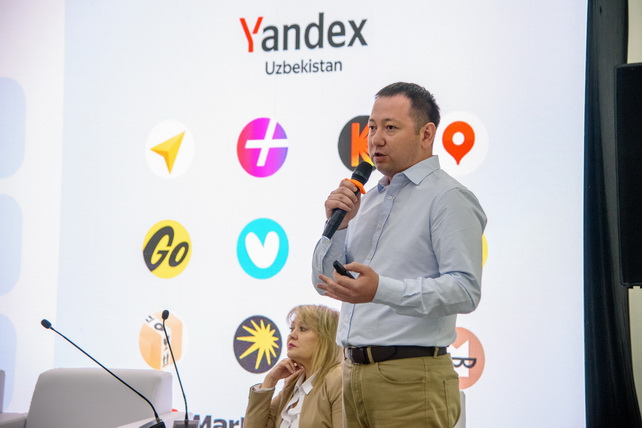
How Yandex Go adapted its service for drivers with hearing impairments
How Yandex Go adapted its service for drivers with hearing impairments
Tashkent, Uzbekistan (UzDaily.com) — On 2 May 2025, Tashkent hosted the Third Inclusive Business Forum, organized by the non-governmental non-profit organization "Sharoyit Plus" with the support of the National Agency for Social Protection under the President of the Republic of Uzbekistan.
The forum served as a platform for open dialogue between representatives of the business community, government bodies, international organizations, and civil society, focusing on the development of inclusive employment practices and the advancement of corporate social responsibility.
One of the speakers at the event was Timur Aliev, Head of Business Development at the Yandex Go ride-hailing service. In his presentation, he highlighted the company’s initiatives aimed at creating an inclusive environment and supporting drivers with hearing impairments.
To date, more than 600 drivers with hearing impairments are partners of Yandex Go. Around 150 of them complete over 22,000 rides per month. An analysis of key performance indicators — such as ratings, number of rides, and income levels — shows that hearing-impaired drivers perform on par with other service partners.
To improve comfort and safety for both drivers and passengers, the company has carried out large-scale adaptations to both the mobile app and its internal processes. Sound notifications were replaced with vibrations and visual signals; voice calls were disabled; and all interactions between passengers and drivers were transferred to text chat.
When booking a ride, passengers are notified that their driver is hearing-impaired and can immediately start communicating via text.
Additional on-screen recommendations are provided to facilitate effective communication, and the chat remains active throughout the entire ride — unlike standard rides, where it is closed once the journey begins.
In addition, taxi fleets supply drivers with special seat covers containing explanatory information and visual communication cards to assist in interactions during the trip.
The company emphasizes that implementing such solutions helps account for diverse communication scenarios and makes the service more accessible and user-friendly for a broader audience — including those who previously found it difficult to use.